Tateishi Tetsuomi|Miyata Yataro|Munakata Shikō|Kawakami Sumio|Bookplates 101 (III)
Tateishi Tetsuomi
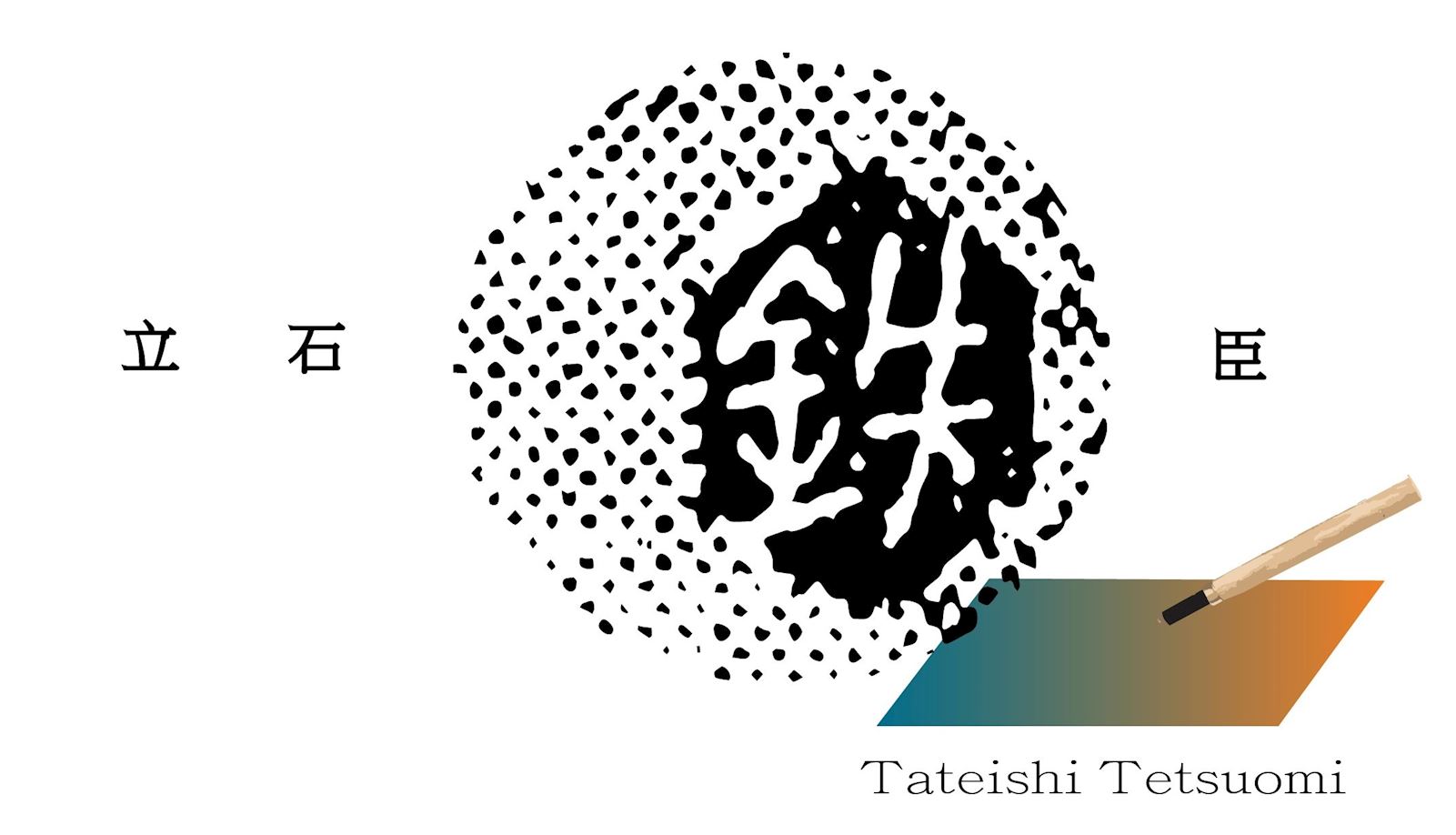
Born in 1905 in Taiwan, Tateishi Tetsuomi often moved back and forth between Taiwan and Japan as a child. As a 28 year-old, Teteishi gave into homesickness and moved back to Taiwan along with his passion for engraving. He began to engrave Taiwanese landscapes using thick lines and saturated bold colors.
The book design enthusiast, Mr. Nishikawa, took notice of Teteishi's remarkable talents and subsequently invited Teteishi to make engravings inspired by the journals Matsu and Min Su Taiwan. The magnificence of these engravings would eventually go down in the history of Taiwan's period of Japanese rule as amber-hued treasures.
 (1).jpg)
 (1).jpg)
Matsu Book V : Printmaking issue. (Provided by Ryokuin Shobo, Japan / From the National Museum of Taiwan Literature permanent collection)
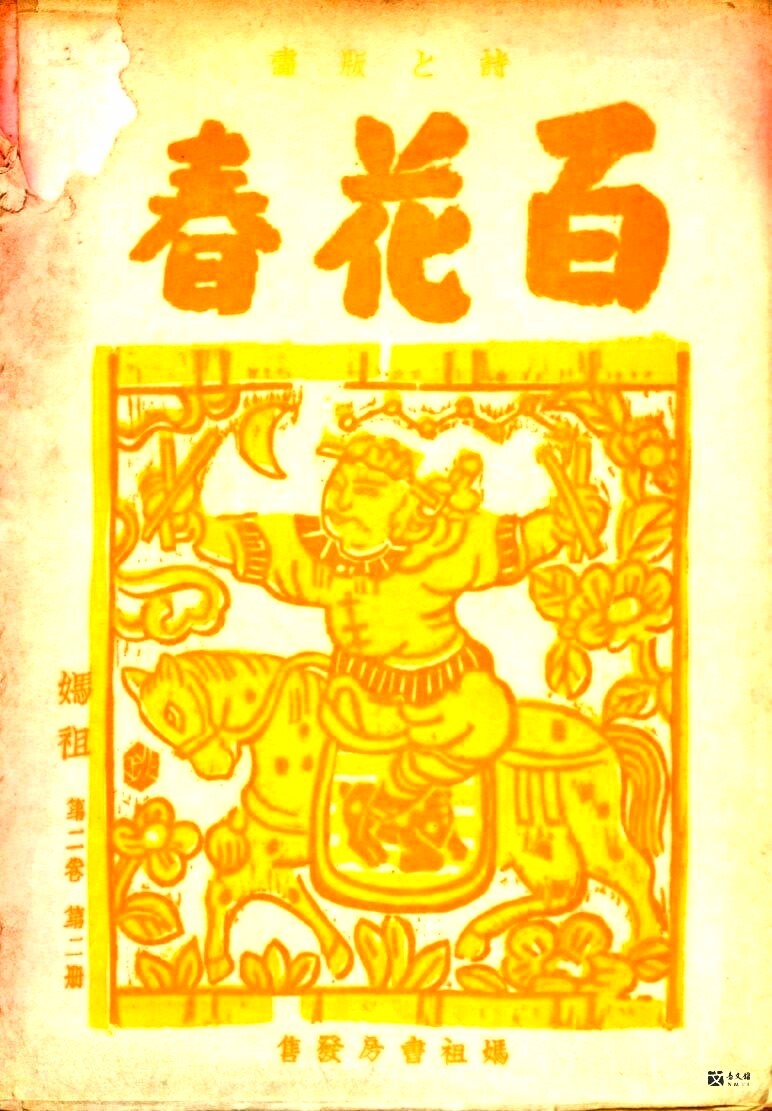
“Mazu Volume II Book Two-Poems and Prints,” with prints carved by Tateishi Tetsuomi. (Provided by Ryokuin Shobo, Japan / From the National Museum of Taiwan Literature permanent collection)
 (1).jpg)
 (1).jpg)
Min Su Taiwan: Folk Sketches|Started by a group of anti-imperialist Japanese infatuated with Taiwanese folk customs, Min Su Taiwan saw a total of 43 issues published. The magazine is full of local Taiwanese conditions and customs.
Tateishi Tetsuomi recorded his observations about Taiwanese folk culture via drawing and published many of them in Min Su Taiwan over the years. (Provided by Long Ying-zong / From the National Museum of Taiwan Literature permanent collection)
 (1).jpg)
Poetry Collection— Ode to Taiwan|Tateishi Tetsuomi designed a cover for the poetry collection Ode to Taiwan on Nishikawa Mitsuru's behalf. (Provided by Long Ying-zong / From the National Museum of Taiwan Literature permanent collection)
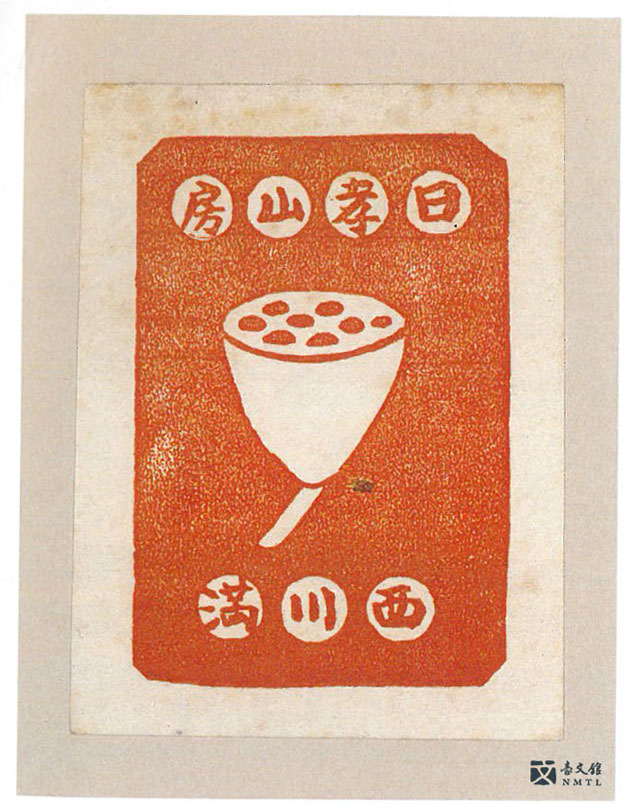
Bookplate engraved by Tateishi Tetsuomi|“Lotus”by Tateishi Tetsuomi. Collector: Nishikawa Mitsuru. (From Ex Libris: A Special Chronicle of Bookplates from Taiwan and Japan / Collection of the National Museum of Taiwan Literature)
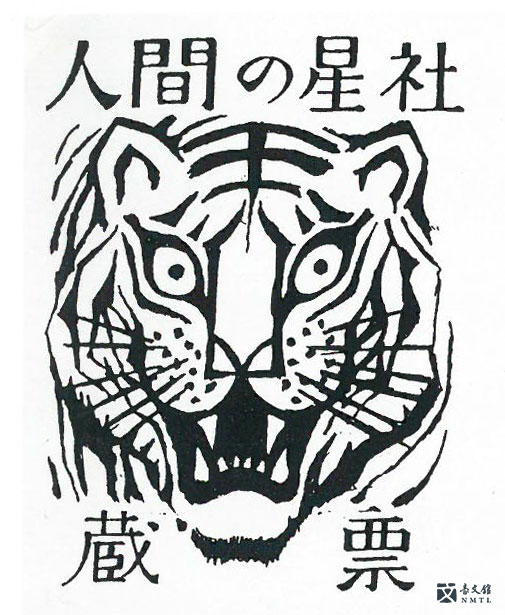
Bookplate engraved by Tateishi Tetsuomi|“Fuhu”by Tateishi Tetsuomi. Collector: Ningen Boshi Sha. (From Ex Libris: A Special Chronicle of Bookplates from Taiwan and Japan / Collection of the National Museum of Taiwan Literature)
Miyata Yataro
.jpg)
Miyata Yataro was only a middle schooler himself when he met a teenage Nishikawa, who encouraged the art-loving Miyata to begin making prints.
In 1924, when the pair were only 17 to 18 years old, they collaborated on the literature and art magazine Sakuraso. The dancing woman on the cover of the magazine's first issue is brought to life by Miyata's delicate engraving which accentuates the beauty and romantic style of Nishikawa's book design. In this way it differs greatly from Tateishi's strident, uninhibited style. Miyata also designed a number of covers for Matsu, and in doing so kicked off a friendly competition with Tateishi Tetsuomi who was also employed as a designer by Matsu.
Impoverished and in bad health, Miyata returned to Japan after the war but stayed in close contact with Nishikawa Mitsuru. In his later years, Nishikawa published Momotaro: A Picture Book, as well as Cat Temple for his son Nishikawa Jun. (The latter was to become a posthumous work as Nishikawa Mitsuru passed away only fourteen days after its publication.) He asked Miyata to engrave the black and white linework and then fill it in using his own handmade mineral pigments.
 (1) (1).jpg)
 (1) (1).jpg)
Matsu Book 5: Printmaking issue|The cover of the fifth edition of Matsu, printmaking issue, was designed by Miyata Yataro.
"Youth Looking at Cows"—Miyata Yataro's self-reported printmaking process, and the image that this print is intended to represent. (Provided by Ryokuin Shobo, Japan / From the National Museum of Taiwan Literature permanent collection)
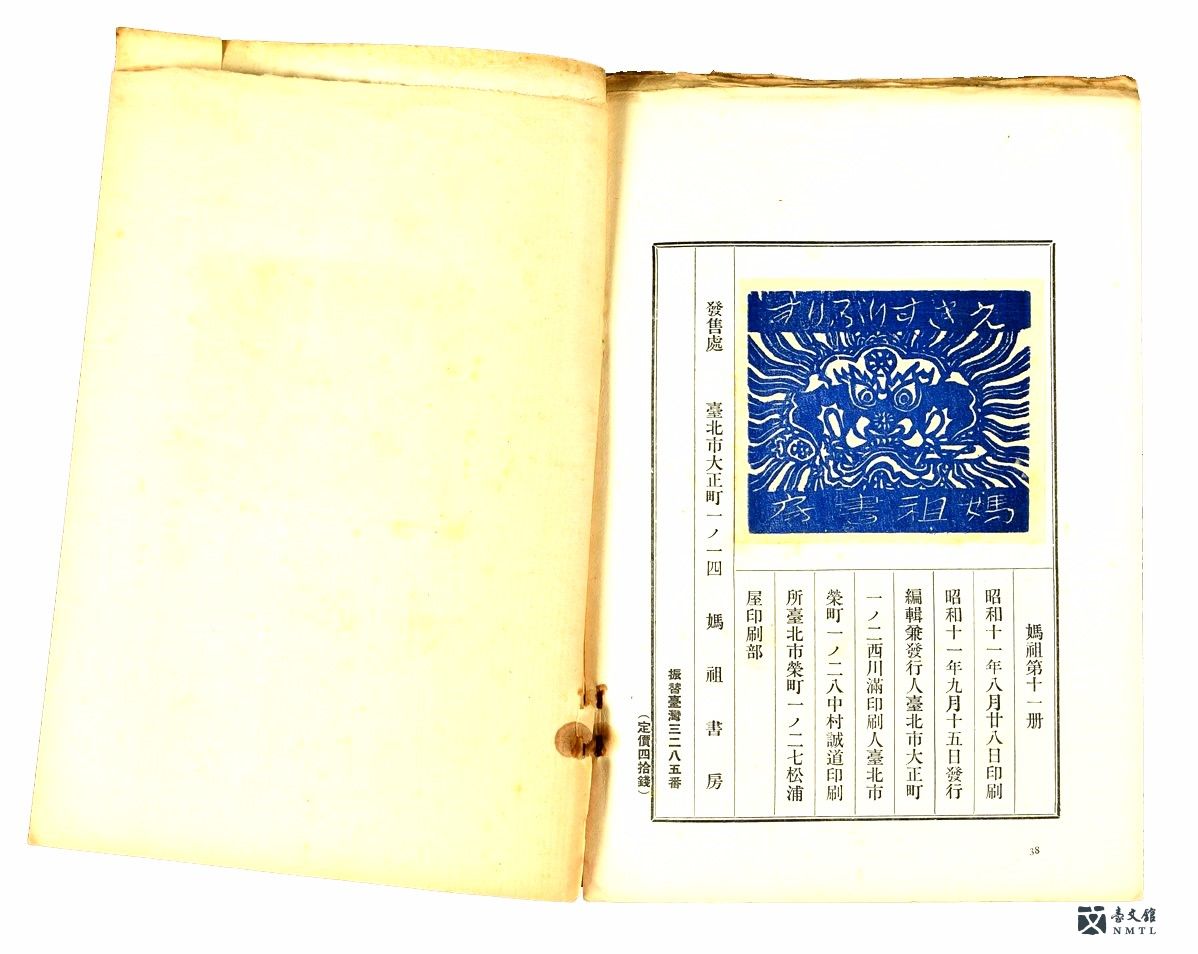
The bookplate Miyata Yataro designed for Masoshobo.|Matsu Book XI, with prints carved by Miyata Yataro. (Provided by Ryokuin Shobo, Japan / From the National Museum of Taiwan Literature permanent collection)
 (1).jpg)
 (1).jpg)
 (1).jpg)
 (1) (2).jpg)
Momotaro: A Picture Book & the inside page|It was limited to a publication of only ten copies. To this day, many collectors of old books are still eager to get their hands on a copy, some said to have looked for traces of it even in their dreams. (Provided by Huang Jhennan)
 (2).jpg)
Cat Temple|(Provided by Huang Jhennan)
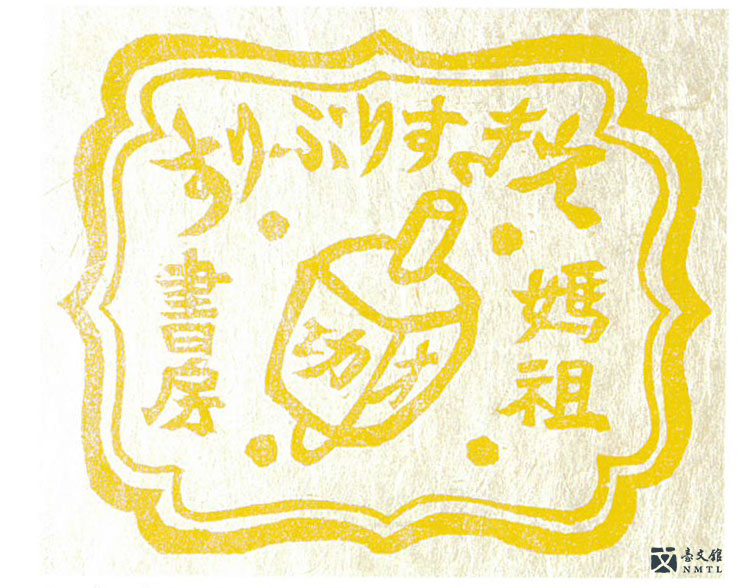
Masoshobo Bookplate|The bookplate Miyata Yataro designed for Masoshobo. (From Ex Libris: A Special Chronicle of Bookplates from Taiwan and Japan / Collection of the National Museum of Taiwan Literature)
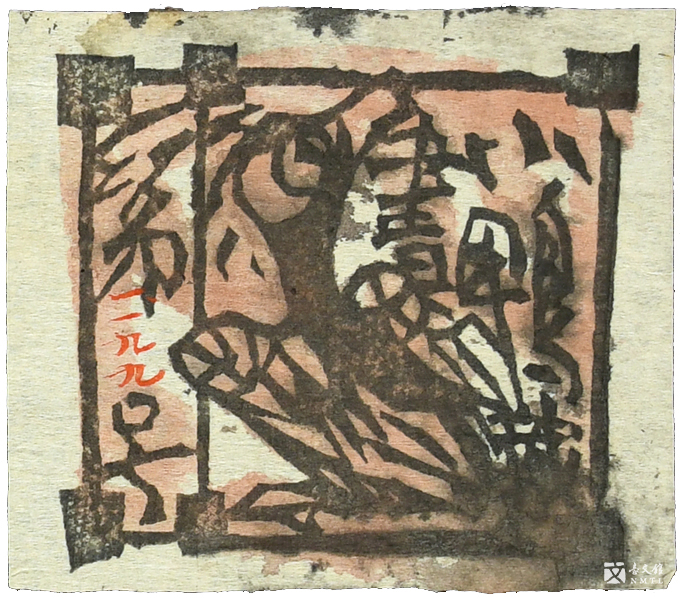
Bookplate— Duck| (Provided by Yasuyuki Sasaki / From the National Museum of Taiwan Literature permanent collection)
Munakata Shikō
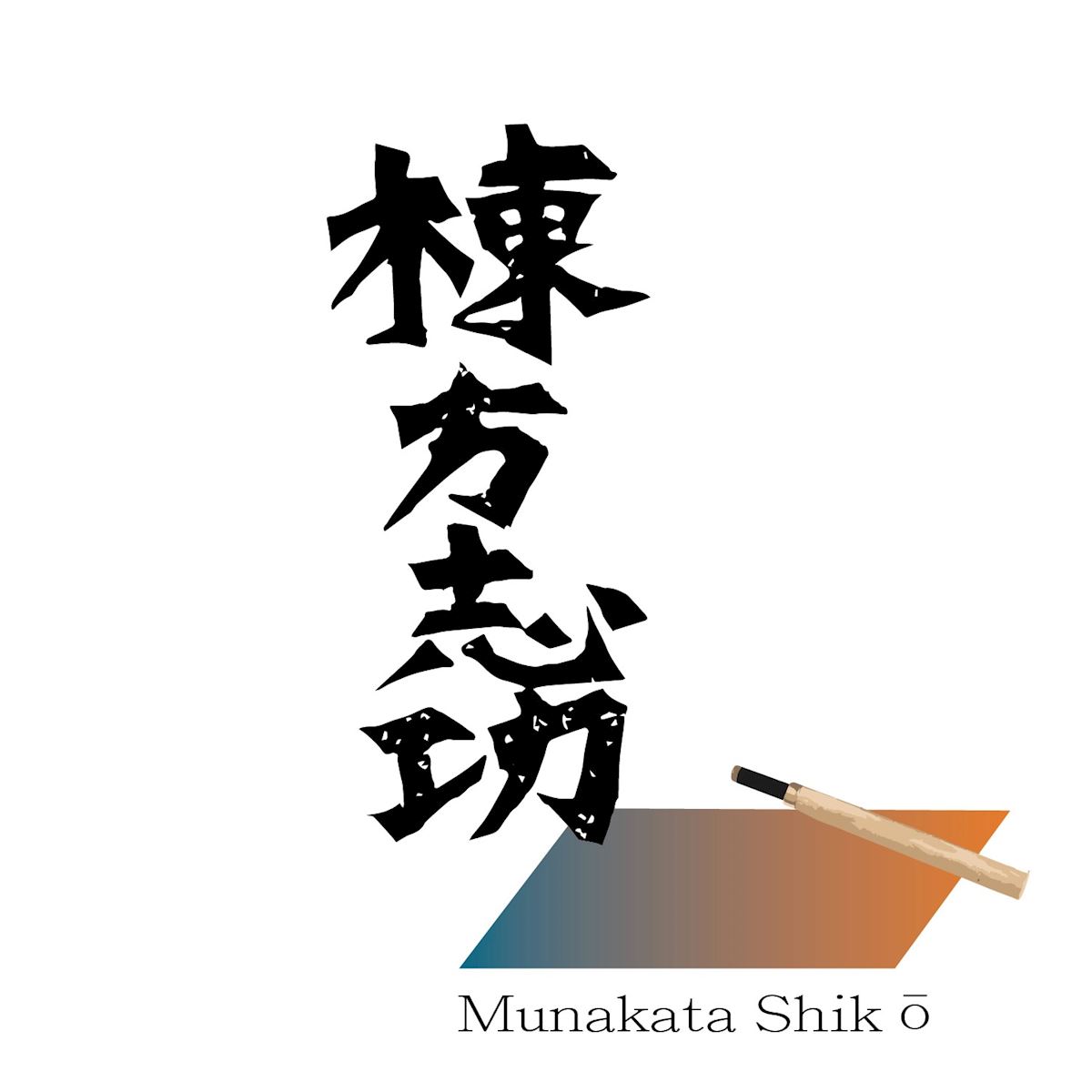
“You prefer a large knife to a small, nimble one. Sometimes you are like a storm, not a gentle breeze, a raging tempest that cannot be contained. You are resolute and cannot be swayed from your course. Your artistry is like the gale carried by Fujin, god of wind. Unlike Fujin, however, you do not need a bag to contain your wind, instead your talents live uninhibited through you. You are an ascetic who fearlessly blazes his own path, undaunted by dangers.” (Kawai Kanjirō, Kōgei, 71st issue.)
Famous Japanese ceramic artist, Kawai Kanjirō, described Munakata Shikō as such. The aforementioned “raging tempest” is a reference to Munakata's unbridled carving technique. His rough linework and bold block faces work together to create simple but powerful images.
When he was 20, Munakata went to Tokyo to try and win a title at the Japan Arts Exhibition. Unable to obtain a single title, he also received the unfortunate news that his father passed away. As he had promised his father that he would not return home until he was accepted by the exhibition, he did not even attend the funeral.
Around the same time, Munakata saw and fell in love with Kawakami Sumio's woodcut “Early Summer Breeze” which inspired him to begin his career in printmaking. In 1928 he was finally accepted by the exhibition. In his book, Bangokudō, he describes going straight to his parents’ tomb to share the news of his acceptance: “weeping profusely, my body was suddenly completely drained of all energy.”
 (1).jpg)
"Munakata Shikō-Fine Art and Life" writes Munakata Shikō's life, published works and portraits. (Provided by Hei Shing Book Design)
 (1).jpg)
With the transition of mood and situation, the appearance of the name engraved in the works is also different. (Provided by Hei Shing Book Design)
 (1).jpg)
Photograph of Munakata Shikō|Munakata Shikō engaged in woodblock printing. Munakata suffered from severe nearsightedness since childhood. As such, he grew accustomed to getting up close and personal with his work. In his later years, his glaucoma worsened to the point that his left eye nearly lost all sight. In spite of it all, he never stopped creating. (Provided by Hei Shing Book Design)
 (1).jpg)
Photograph of Munakata Shikō. (Provided by Hei Shing Book Design)
 (1).jpg)
Zong Xi Song “Gentiana” created in 1945|(From “Munakata Shikō-Fine Art and Life.” Author: Sakanoue Masaomi. Publisher: Joint Publishing.)(Provided by Hei Shing Book Design)
Kawakami Sumio
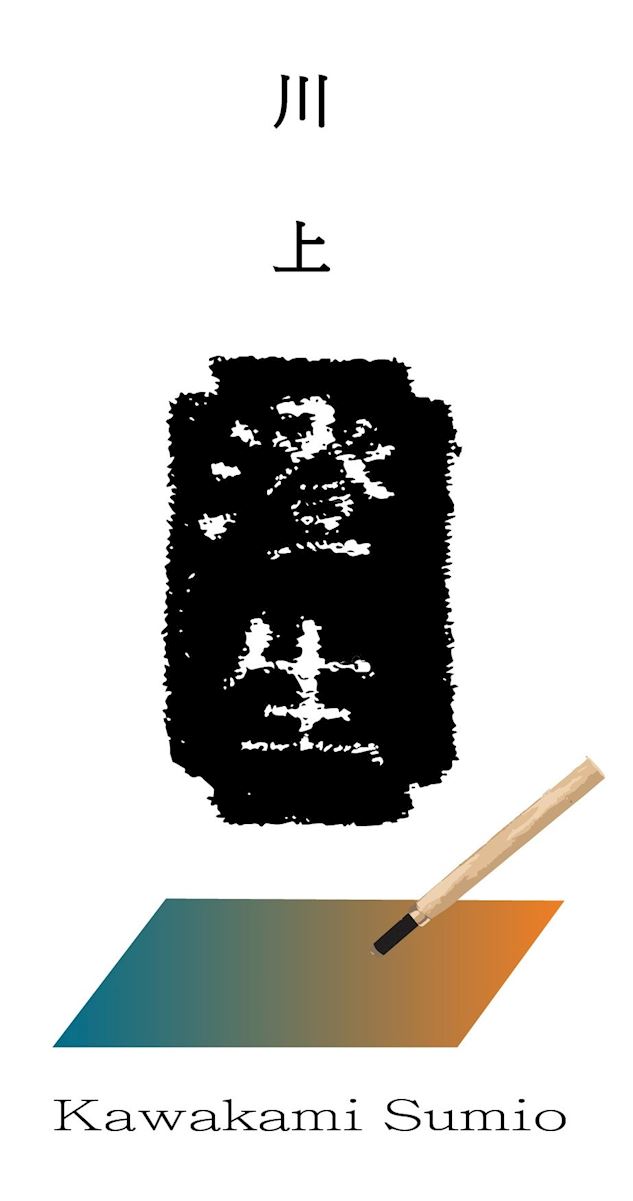
Encouraged by Yanagi Sōetsu, the father of Mingei, or Japanese folk art, Kawakami Sumio published a special collection of his works in the magazine Gongyi. Nishikawa also invited Kawakami to Taiwan numerous times to create captivating prints and bookplates for Matsu.
Large saturated surfaces and delicate, interlocking lines, filled with exotic flair and the Nanban style he was so fond of, Kawakami's woodcut "Early Summer Breeze" is his magnum opus. In the work, a mysterious woman in a crabapple-red dress and midnight blue hat stands in front of a green porcelain background that is evocative of a gentle breeze. Lyrical poems surround the entire scene. This work was the beginning of Kawakami's lifelong love and dedication to the art of printmaking.
 (1).jpg)
Bookplate— Japanese woman and Oil Lamp|It was created by Sumio Kawakami, collected by Sasaki Yasuyuki. (Provided by Yasuyuki Sasaki / From the National Museum of Taiwan Literature permanent collection)
.jpg)
Bookplate— Nanban Ship|It was created by Sumio Kawakami, collected by Sasaki Yasuyuki. (Provided by Yasuyuki Sasaki / From the National Museum of Taiwan Literature permanent collection)
 (1).jpg)
Bookplate— Nanbanjin (Southern Barbarian)|It was created by Sumio Kawakami, collected by Sasaki Yasuyuki. (Provided by Yasuyuki Sasaki / From the National Museum of Taiwan Literature permanent collection)
 (1).jpg)
Woodblock piece: Summer Breeze|After a young Munakata Shikō saw this 1926 print entitled “Summer Breeze,” he was deeply moved and inspired to devote himself to printmaking. (From Cruising for a Reading: Between the Pages, Beyond the Covers / Collection of the National Museum of Taiwan Literature)
Bookplates 101 (III)
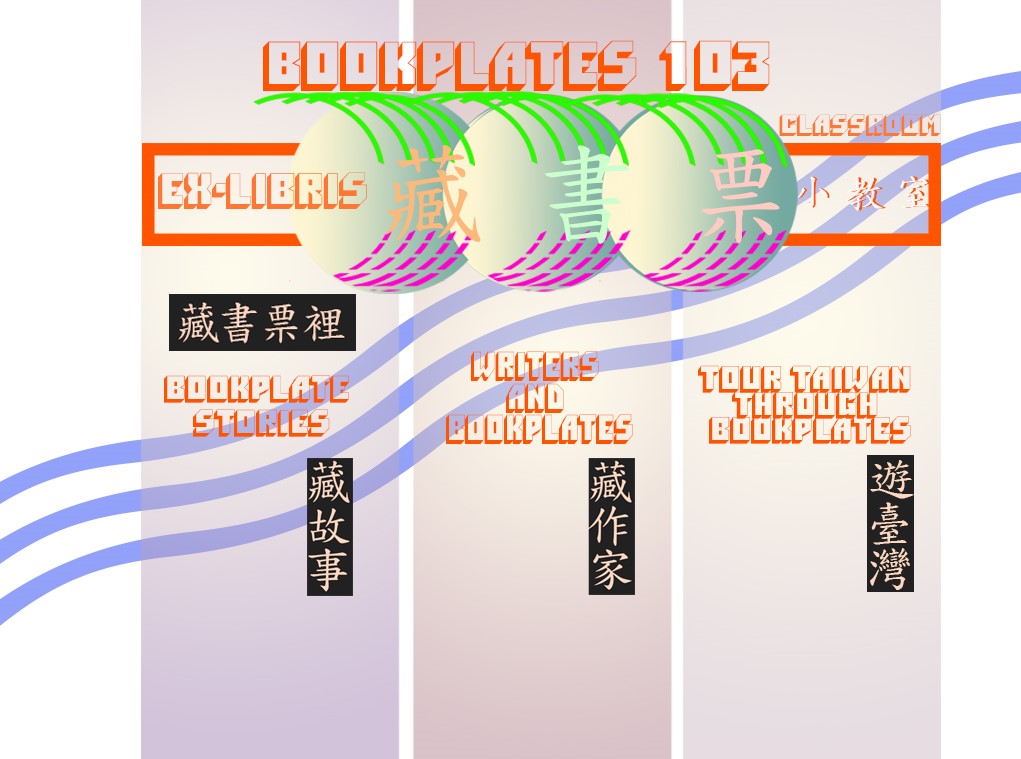
Bookplate Stories— Night on the Galactic Railroad
Night on the Galactic Railroad is Miyazawa Kenji's most famous novel. Although still in draft form at the time of his death, the novel has influenced many with its warm and dreamy style. Giovanni and Campanella's symbiotic friendship can be interpreted as evincing Miyazawa's hope for a more gentle and peaceful world.
.jpg)
Bookplate of Night on the Galactic Railroad as designed by Tokio Miyashita. The collector is Ezoe Shonosuke. (Provided by Shonosuke Ezoe / From the National Museum of Taiwan Literature permanent collection)
Writers in Bookplates— Akutagawa Ryūnosuke
A famed Japanese author of short stories such as “Rashōmon,” “In a Grove,” and “The Spider's Thread,” Akutagawa suffered from disease throughout his life, and eventually committed suicide.
Japanese director Akira Kurosawa based his internationally award-winning film Rashomon on Akutagawa's short story. Since then, the Chinese-speaking world has used the phrase “Rashomon,” or “luo sheng men” in Chinese, to describe bewildering or enigmatic situations.
.jpg)
Bookplate— Akutagawa Ryūnosuke (1892-1927), “Hell Screen”|He was a famous Japanese novelist. The bookplate depicts a scene from his short story “Hell Screen.” Artist Yoshihide witnesses his daughter be burned alive and paints the scene on the eponymous screen. After he finishes it, he hangs himself the next day. The creator is Tokio Miyashita. (Provided by Haneda Hisao / From the National Museum of Taiwan Literature permanent collection)
Tour Taiwan through Bookplates— National Museum of Taiwan Literature
Housed within Taiwan's first national museum devoted to literature is a diverse collection of works by Taiwanese writers. The museum resides in the former Tainan Prefectural Government building built during the Japanese occupation period. As a heritage site, it was renovated to become the National Museum of Taiwan Literature as it is seen today.
.jpg)
.jpg)
Bookplate— Japan and Taiwan Exlibris Exchanging Exhibition|Pan Yuanshi created this bookplate of the National Museum of Taiwan Literature for the Japan and Taiwan Exlibris Exchanging Exhibition. (From Ex Libris: A Special Chronicle of Bookplates from Taiwan and Japan / Collection of the National Museum of Taiwan Literature)









